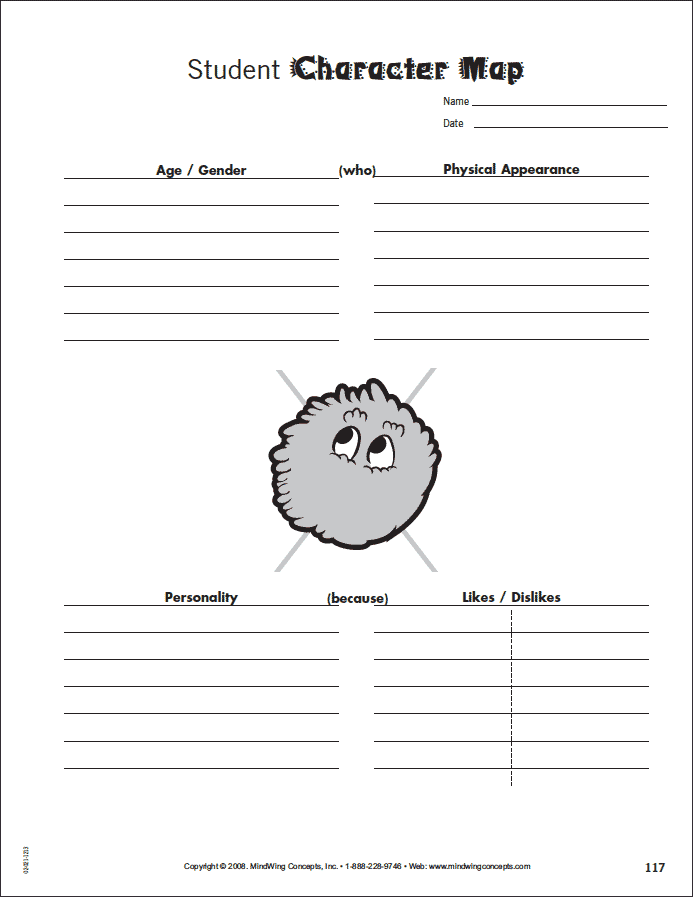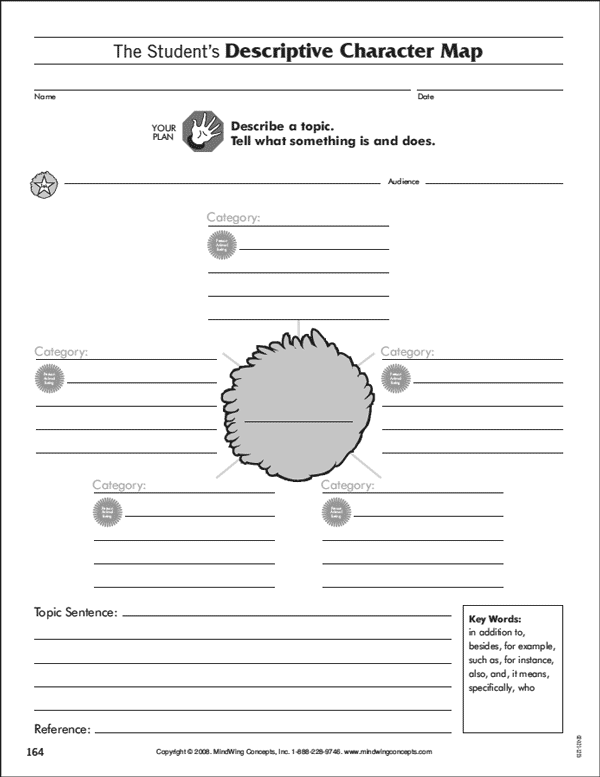Secure Checkout. FREE SHIPPING for Continental U.S. Orders over $60.
Menu
-
- Home
-
About Us
-
The Approach
-
Linking Language & Literacy
-
MindWing Learning
-
Learning Resources
-
SHOP
-
Blog
-
- About MindWing
- Our People
- Contact Us
- Your Account
- Login
-
United States (USD $)

Secure Checkout. FREE SHIPPING for Continental U.S. Orders over $60.

Teaching SGM® Components
September 09, 2015
 Are you looking for a story to review the SGM® components in a group or to sharpen student awareness of narrative structure?
Are you looking for a story to review the SGM® components in a group or to sharpen student awareness of narrative structure?
1. Read the story below to the child (download printed version).
2. Review the SGM® components on your Teacher Marker.
3. Have the students draw or stamp the icons above the correct SGM component.
4. Have the students draw or stamp the icons above the correct SGM® component (see completed version)
5. After the activity is completed, have the student work with a partner, Turn and Talk, and use his/her SGM® Student Marker to retell the story...

Exploring Expository Continued: Descriptive Map Activity
September 03, 2015

We are often asked which books/materials to use with the SGM® and ThemeMaker® maps. Although there are many suggestions given in our manuals, the answer is: any selection that you are using will work! The strength of the SGM/ThemeMaker lies in the fact that it is a flexible approach that adds needed scaffolding to make text, whether narrative or expository, assessable to all students.
A recent post, Exploring Expository Text Using the SGM Descriptive Map (August 12, 2015), focused on transitioning from the Narrative Character Map to the Expository Character Descriptive Map.
It’s an Armadillo! written by Bianca Lavies was the text chosen for that first post. Today, we present an extension of this Descriptive Map activity with the topic of cheetahs, which we have presented whole group in grades 2-4. You may modify to meet your needs...

Foldables and Stamps Activity
August 26, 2015
 Creating foldables is one way to make reinforcing the SGM icons an enjoyable experience. Using a flipbook and our Icon STAMPede Stamp Activity Set is a versatile way to engage students. There are a variety of flip book ideas online which may be adapted to this activity and the stamps make it easy for students themselves to create their own booklets during centers.
Creating foldables is one way to make reinforcing the SGM icons an enjoyable experience. Using a flipbook and our Icon STAMPede Stamp Activity Set is a versatile way to engage students. There are a variety of flip book ideas online which may be adapted to this activity and the stamps make it easy for students themselves to create their own booklets during centers.
The Basic Flip Book/STAMPede activity…
- Decide which icons you would like students to work on… this will vary by what you want to reinforce with your students
- Place as many sheets of paper as needed, one on top of the other...

Exploring Expository Texts Using the SGM Descriptive Map
August 12, 2015 1 Comment

 Several lessons on characters and settings have been presented in past blog entries. Increasingly, children are asked to take informational selections and summarize what they have learned. There is a great need to help students find ways to organize and express expository texts. We have found it helpful to take the time to transition from the use of the Character Map—that the children are already familiar with—to the Descriptive Expository Map. Begin by showing your students the Character Map and the Descriptive Map.
Several lessons on characters and settings have been presented in past blog entries. Increasingly, children are asked to take informational selections and summarize what they have learned. There is a great need to help students find ways to organize and express expository texts. We have found it helpful to take the time to transition from the use of the Character Map—that the children are already familiar with—to the Descriptive Expository Map. Begin by showing your students the Character Map and the Descriptive Map.
Character and Setting Collages for End-of-Year and Summer School!!
June 16, 2015
A fun end-of-year activity or summer school activity is making a Character or Setting Collage! You can use old magazines to cut out “Characters.” They may be pictures of celebrities, political figures, community leaders, animals, cartoons or advertisements with people who remind you of characters from children’s literature. Collages can be done individually by using Maps from the Story Grammar Marker® Manual or Braidy the StoryBraid® manual (below) and pasting the magazine clippings right on to the Map...
Technology Tuesday: Vocabulary, Summer Programming, and Story Grammar Marker®!
June 09, 2015 2 Comments
 Some years ago as an SLP in the elementary school setting, I was informed by a colleague of Isabel Beck’s revolutionary approach to targeting vocabulary. In the book Bringing Words to Life: Robust Vocabulary Development, co-written with Margaret McKeown and Linda Kucan, the authors describe a methodology for building vocabulary revolving around key principles...
Some years ago as an SLP in the elementary school setting, I was informed by a colleague of Isabel Beck’s revolutionary approach to targeting vocabulary. In the book Bringing Words to Life: Robust Vocabulary Development, co-written with Margaret McKeown and Linda Kucan, the authors describe a methodology for building vocabulary revolving around key principles...
